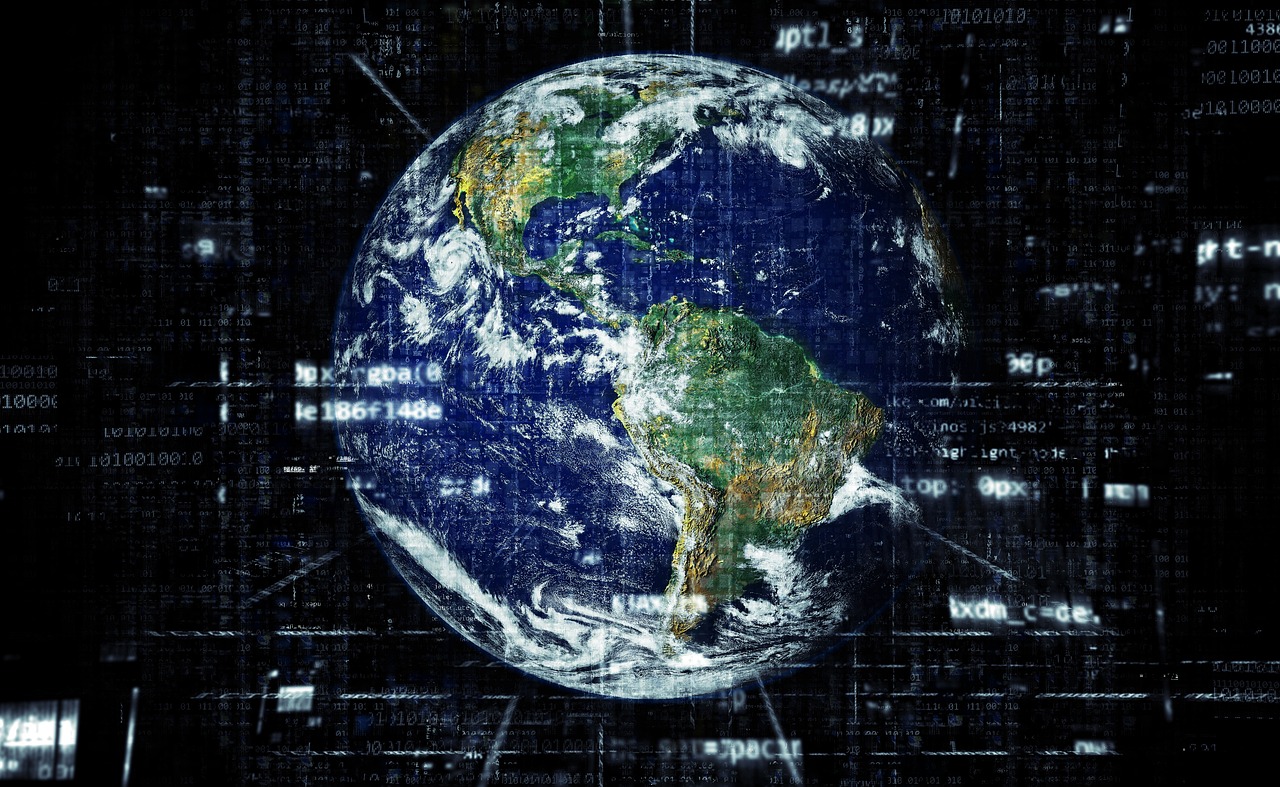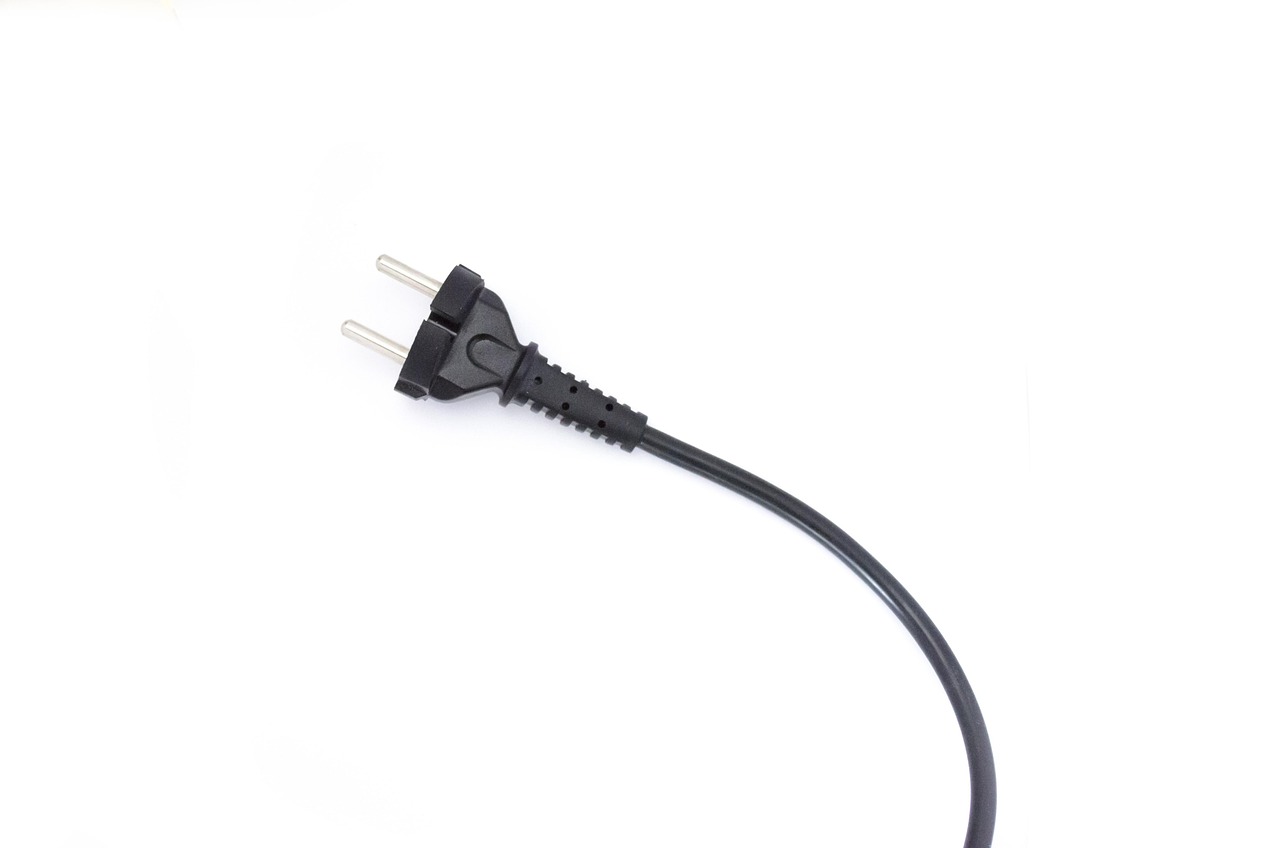Decoding Decentralized Internet: A Deep Dive into the Future of Connectivity
The internet has become an indispensable part of our daily lives, but its centralized structure has raised significant concerns about privacy and control. This has led to the rise of an alternative concept: the decentralized internet. In this article, we will delve deep into this emerging technology, exploring its origins, its implications, and its potential impact on the future of connectivity.

The Genesis of the Decentralized Internet
The concept of a decentralized internet isn’t new. In fact, the original design of the internet as conceived by its creators in the 1960s was decentralized. Information was intended to flow freely, with no central authority controlling access or content. However, as the internet evolved and commercialized, a handful of powerful companies gained control over significant portions of the web, resulting in a centralized structure.
The Mechanics of Decentralization
In a decentralized internet, data is distributed across multiple nodes, rather than stored on a central server. This is made possible by technologies such as blockchain and peer-to-peer networks. Blockchain provides a secure and transparent method of recording transactions, while peer-to-peer networks allow devices to interact directly with each other without the need for a central server.
The Implications of a Decentralized Web
One of the primary benefits of a decentralized internet is enhanced privacy. Since data is not stored in a central location, it is much harder for third parties to access or control it. This could lead to a significant shift in the way we interact with the web, with users regaining control over their personal data.
However, the decentralized internet also presents challenges. For instance, it could be more difficult to police illegal content or activity. Additionally, there are technical difficulties associated with storing and retrieving data in a distributed network, including the need for robust security measures to prevent data tampering.
The Future of Connectivity
Today, the concept of a decentralized internet is still in its infancy. However, as the technology matures, it could fundamentally transform the way we interact with the internet. It has the potential to democratize the web, returning control to users and reducing the power of large tech companies. On the other hand, the practical implementation of a fully decentralized web raises significant technical and regulatory challenges, which will need to be addressed in the coming years.
Conclusions
As we continue to explore the potential of emerging technologies like decentralization, it’s essential to balance innovation with practicality. Achieving a truly decentralized internet will require overcoming significant hurdles. However, the potential benefits – greater privacy, enhanced control, and a more democratic web – make it a pursuit worth exploring.
The future of connectivity is a hot topic in the telecom industry, and the decentralized internet is just one of many potential pathways. As we stand on the precipice of a new era in telecommunications, it’s clear that the only constant will be change. As such, staying informed and adaptable will be key to navigating the exciting road ahead.





